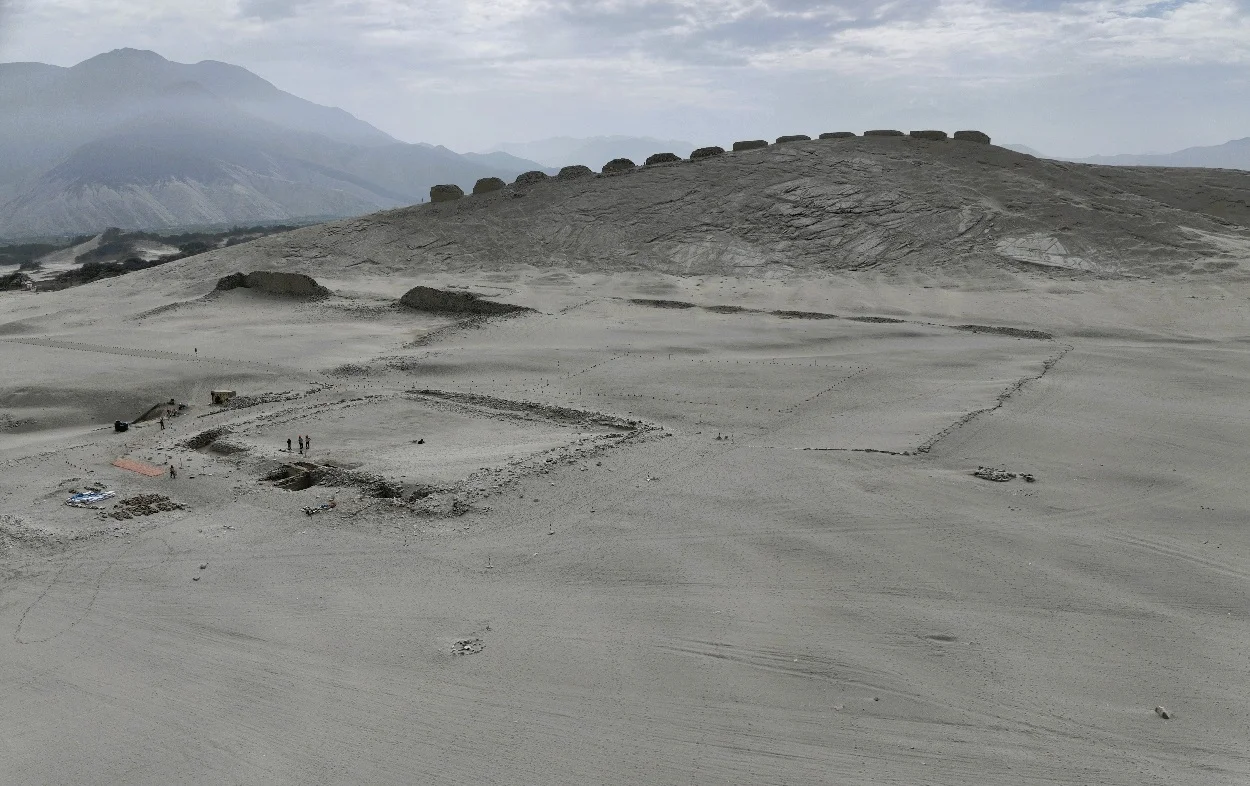The Peruvian Ministry of Culture has announced the discovery of an early Andean structure that predates the Chankillo solar observatory – long regarded as the earliest known observatory in the Americas.
The structure was uncovered during ongoing excavations at the Chankillo Archaeoastronomical Complex, located in the Casma river valley in Ancash, Peru.
The Casma River and its tributary, the Sechin River, contain a large concentration of ancient ruins associated with the Casma–Sechin culture (alternatively Sechin Complex). The Casma–Sechín culture (c. 2000–1000 BC) is known for some of the oldest monumental architecture in the Americas.
According to a press statement by the Peruvian State, the structure has a clear solar orientation and was purposely designed for observing celestial movements.

While preliminary dating of the structure is based on the stratigraphy and construction materials, forthcoming radiocarbon dating is expected to extend the timeline of architectural planning for astronomical structures in pre-Hispanic Peru.
Excavations also revealed a corridor aligned with the lunar cycle, an intentional design feature suggesting that the ancient inhabitants of Chankillo observed not only the sun’s annual passage, but also the more complex rhythms of the moon.
This dual focus underscores a level of astronomical knowledge far more advanced and diverse than previously documented in Andean archaeology.
“These discoveries solidify Casma’s position as one of the world’s most important ancient astronomical centres. The Ministry of Culture continues its restoration and enhancement work on the Thirteen Towers and the Solar Observatory, with the goal of opening this section of the site to the public in the coming years,” said the Peruvian State.
Sources : Peruvian State

